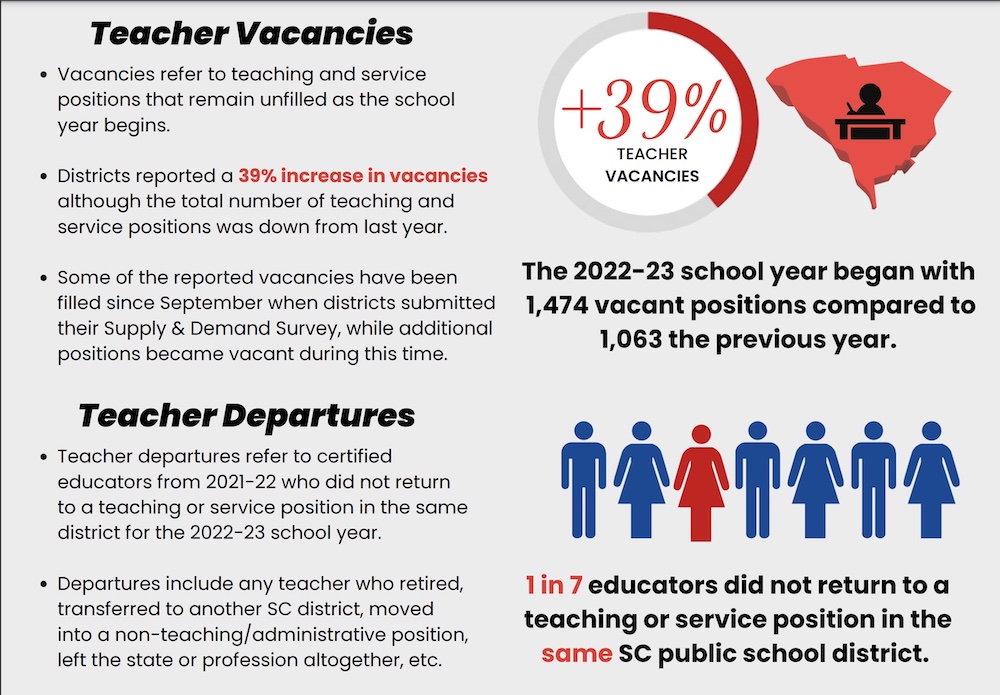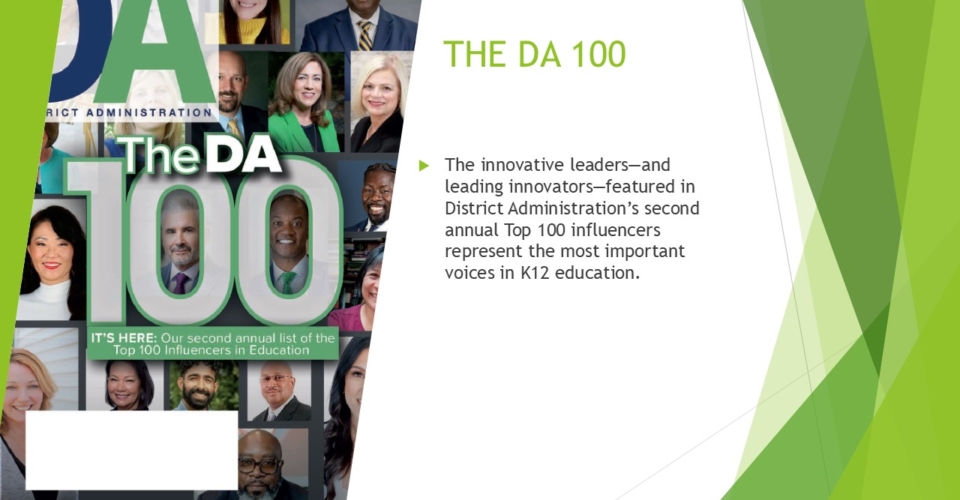As angst over teacher turnover stubbornly persists, an up-close look at the conditions in a range of states may help administrators gain perspective into their own local challenges.
Overall teacher turnover has hit historic a high in Washington, with rates reaching levels not seen in nearly 40 years of recording keeping. Washington’s nearly 9% attrition rate for teachers who have abandoned education was more than a percentage point higher in 2022 than it had been after any of the last 37 school years, according to data from the CALDER Center, an education research nonprofit.
The organization defined turnover as teachers who switched schools, changed roles in K12, or left the profession. It also found that not all teachers are equally likely to exit: In 2022, there was a dramatic increase in turnover among early-career teachers while more experienced educators had shown higher mobility in the early years of the COVID pandemic. Regardless of experience, the rise in turnover was concentrated in high-poverty schools, the Calder Center asserted.
The report also noted that for a few years after the beginning of the pandemic, teacher turnover had become the “mass exodus” that many stakeholders in and outside K12 feared. Now, that is no longer the case. “The teacher turnover rates that we observed this year bring the data more in line with the teacher labor market crisis rhetoric that has been used since the onset of the COVID-19 pandemic,” the report concluded.
And it’s not just teacher turnover
Teacher vacancies are rising in Virginia at the same time K12 enrollment is growing again, putting yet more pressure on district leaders. Enrollment in the state’s public schools jumped by more than 11,300 students from fall 2021 to fall 2022 while teacher vacancies surged by 25%, according to Virginia Department of Education data cited by the Virginia Mercury.
While enrollment still lags behind pre-pandemic levels, more teachers are leaving in Virginia schools than are currently being licensed, according to a separate report from the state legislature.
Two states to the south, South Carolina’s public school districts reported a 39% increase in vacancies at the beginning of this school year. Classes in 2022-23 started with 300 more vacancies than the previous year—1,474 compared to 1,063. And one in seven educators did not return to a teaching or service position in the same district, according to South Carolina’s Center for Educator Recruitment, Retention, & Advancement.

Teacher departures have steadily increased since 2020-21 in South Carolina, with the most recent and largest jump hitting 20%, the Center noted.
On the other side of the deep south, Arkansas schools saw a jump in vacancies in 2022-2023 after experiencing relative stability during the first two years of the pandemic. The teacher retention rate in the state’s public schools pre-COVID was hovering around 78% and that crept up by 3% entering 2021-22 and then by a more concerning 5% at the beginning of 2022-23, according to researchers at the University of Arkansas’ Office for Education Policy.
They blamed the increases on more teachers switching to non-instructional roles or exiting the profession, leaving schools with about 1,250 fewer teachers than would have been normal before the turbulence of the last three years. And while only seven districts in Arkansas were experiencing turnover rates above 40% before the pandemic, almost a quarter of the state’s school systems had hit that troubling turnover benchmark by 2022, the researchers added.
Teacher vacancies: 5 warning signs of a tough new normal
One other note: While administrators might be concerned their educators are fleeing K12 for greener pastures, the researchers found that an overwhelming majority of the teachers who left education did not immediately find another job. “The fact that 80% of exiters did not immediately find employment outside of public education suggests they may have left due to factors like job dissatisfaction and working conditions rather than better job opportunities and higher pay,” they concluded.
More signs of trouble: Emergency licenses
Wisconsin is likely not alone in exhibiting another labor shortage warning sign: the state’s Department of Public Instruction issued nearly double the number of emergency teaching licenses in 2021-22 than it had about a decade ago, resulting in a 184% increase from 1,125 to 2,072. The number of emergency license holders (one individual can hold more than one license) rose to a new high of 2,854 in 2021-22, compared to just under 1,1000 in 2013, the nonprofit Wisconsin Policy Forum found.
“Although most emergency licenses are employed in urban and rural districts, the increase in their use has happened in schools across the state,” the report asserts, adding that between 2013 and 2022, 103 additional districts began using emergency certifications.



